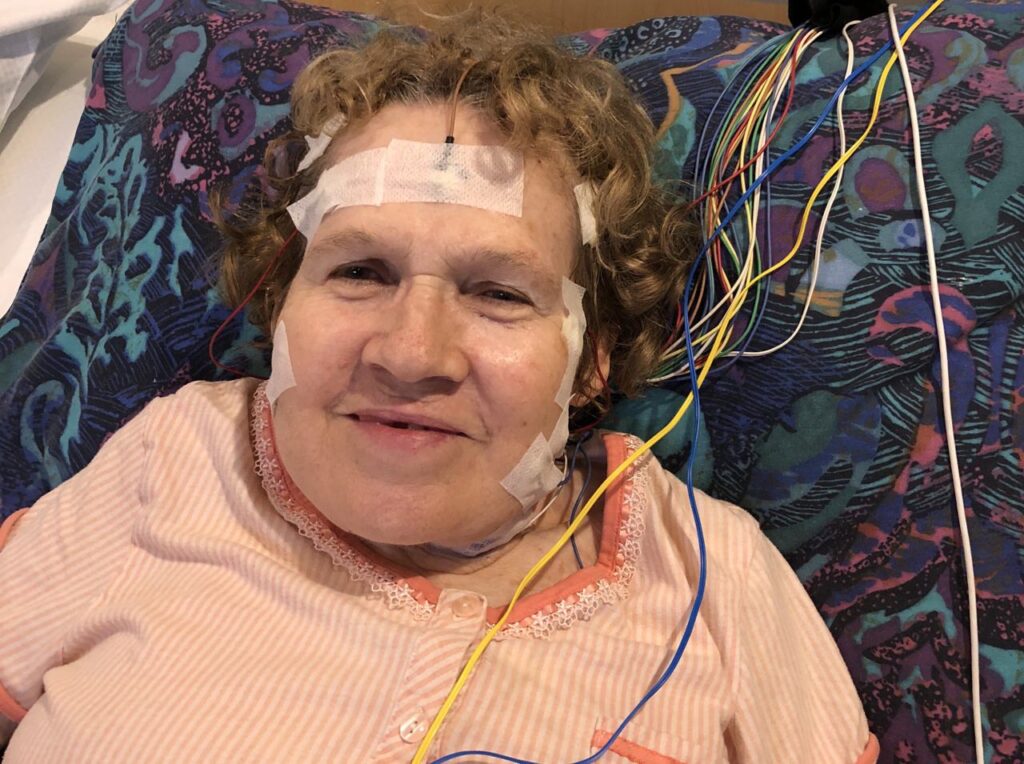
Gone are the days when we had a family doctor who attended the needs of everyone in the household. Instead I have 17 doctors entered in my phone contacts list, each with their own specialty. Add to that eight doctors unique to Robert and we have a whole classroom of doctor’s being schooled on aging issues and dwarfism.
Where would we be without our cadre of physicians? Good question for National Doctors Day on March 30th, a day set aside every year since 1933 to honor physicians for the work they do for their patients, the communities they work in, and for society as a whole.
Want to subscribe to receive blog updates sign up today!
Doctors invest a decade or more in medical training and have student loans averaging around $200,000. Despite healthy physician salaries—averaging $223,000 for primary care and $329,000 for specialists—these loans take years to pay down. Doctors typically work 60 to 70 hours a week thereby sacrificing time with their families and for personal needs.
It’s in the patient’s interest to appreciate the doctors we depend on for our health care needs because they’re quitting medicine in alarming numbers. Nearly half of doctors experience physician burnout caused by bureaucratic tasks, insufficient time with patients, and long hours, to name a few. The 10 to 20 hours a week spent on administration detracts from the most rewarding part of a doctor’s job and their reason for being drawn into the profession in the first place—patient care.
A doctor shortage is exacerbated by the growing number of aging patients and physicians. Patients age 65 or older generally require more specialty care and, in the next five years, 35% of working physicians will be of retirement age. And even before retirement, about one third of doctors report their intention to reduce work hours in the next 12 months. The effects of this shortage are already being felt. Patients often have to wait weeks to get an appointment with a specialist.
There are several steps patients can take to encourage physicians to continue practicing medicine. Please consider doing one or more of the following:
- Since physicians rely on online reviews to bring new patients through the front door, take the time to write a fair and accurate review that reflects the positive aspects of your patient experience with the doctor. This will help offset your doctor’s worry about receiving negative reviews.
- Send thank-you cards to physicians you value.
- Bring your doctor a red carnation, the representative flower of National Doctor’s Day.
- Follow your doctor’s sound medical advice so that they don’t feel like you’re wasting their time.
- Ask your doctor how they’re doing. When I did this at my annual cardiology check-up last month, I was surprised when my cardiologist disclosed his personal struggle navigating a divorce with two teenage children.
- Pray for your doctors.
- Make an honorary donation to an organization that would recognize the doctor you honor. For example, worthy candidates would be doctors on Little People of America’s (LPA) Medical Advisory Board, https://www.lpaonline.org/index.php?option=com_content&view=article&id=106:medical-advisory-board&catid=19:site-content&Itemid=103. They volunteer their time at free medical clinics and workshops at LPA national and regional conferences.
Image credit: https://pixabay.com/photos/operation-operating-room-doctor-540597/
For more of my writings, go to https://angelamuirvanetten.com where you can subscribe to my weekly blog and find information and buy links to my dwarfism trilogy memoir.



